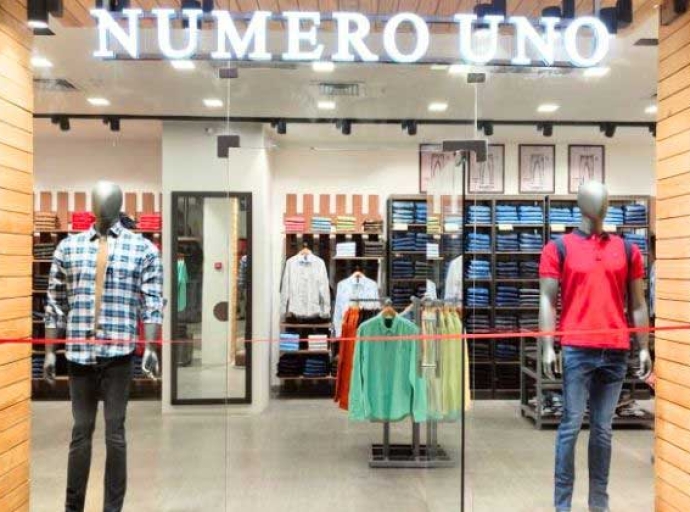India’s credit volume declines as COVID-19 halts textile and apparel production

The third edition of India Spotlight Report reveals, suspension of manufacturing due to COVID-19 led to a 20 per cent decline in credit borrowings by Indian textile and apparel sector in December 2020. The report released jointly by SIDBI and CRIF High Mark says the textile and apparel sector in India burrowed loans worth Rs 1.62 lakh crore till December 2020. The number of active loans by the month-end stood at 4.26 lakh. The sector also clocked in 8 per cent increase in non-performing assets during the month while export credit dropped 25 per cent Y-o-Y.
MSMEs are India’s top borrowers
As of December 2020, the Indian apparel and textile sector has around 5 lakh burrowers. Almost 95 per cent are concentrated in micro, small and medium segment. Around 80 per cent of India’s burrowers are based in top 13 textile and apparel manufacturing states. Maharashtra has the highest percentage of burrowers with Mumbai having over Rs 10,000 crore credit portfolios as of December 2020.
Considering the sector’s credit requirement, in Budget 2021-22, the Central government introduced a scheme to set up zega Integrated Textile Regions and Apparel Parks (MITRAs) with plug n play facilities across the country. The government also announced a special economic package in May 2020 under the Atmanirbhar Bharat program for small-scale entities, including weavers and artisans, informs Sivasubramanian Ramann, Chairman and Managing Director, SIDBI. These policies alongwith abundant availability and fair access to raw materials and surplus labor will help boost future development in this sector, feels Navin Chandani, Managing Director & CEO, CRIF India
Public banks give out most loan
Public sector banks cater to most of the financial needs of the textile and apparel sector in India. By December 2020, these banks serviced around 62.61 per cent loans availed by the sector. On the other hand, private banks, NBFCs and foreign banks serviced 23.49 per cent, 8.66 per cent and 1.41 per cent loans respectively.
However, the value of loans serviced by private sector banks was larger at 40.54 per cent followed by public sector banks which serviced loans amounting to 36.59 per cent of the sector’s total borrowings during the year.
Latest Publications

































